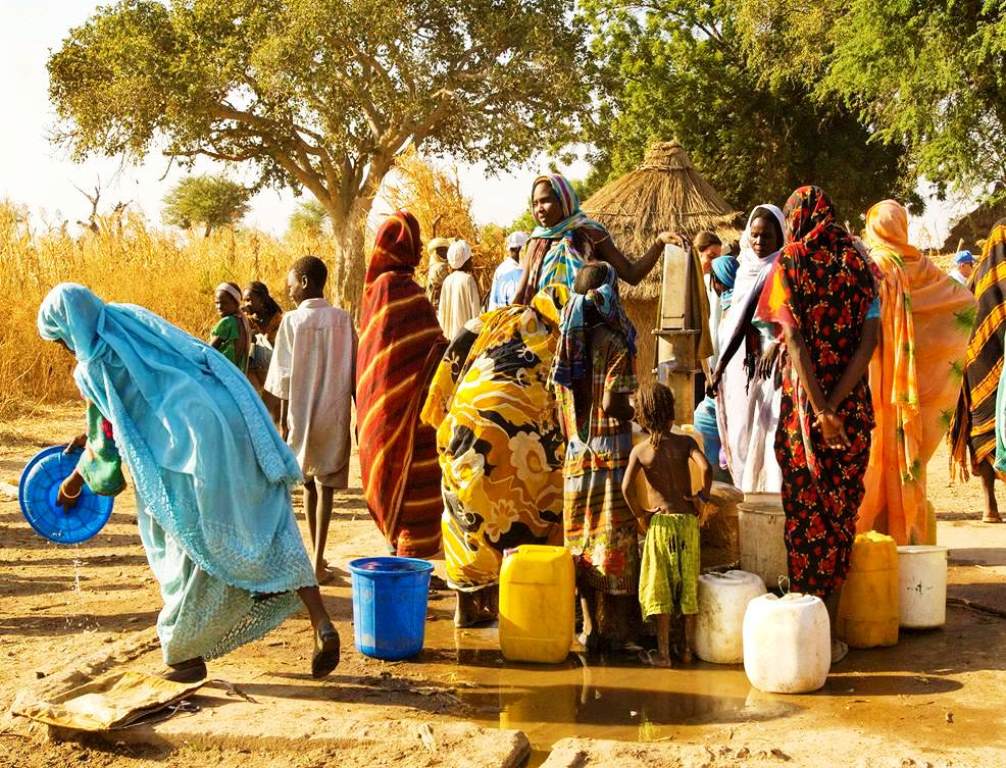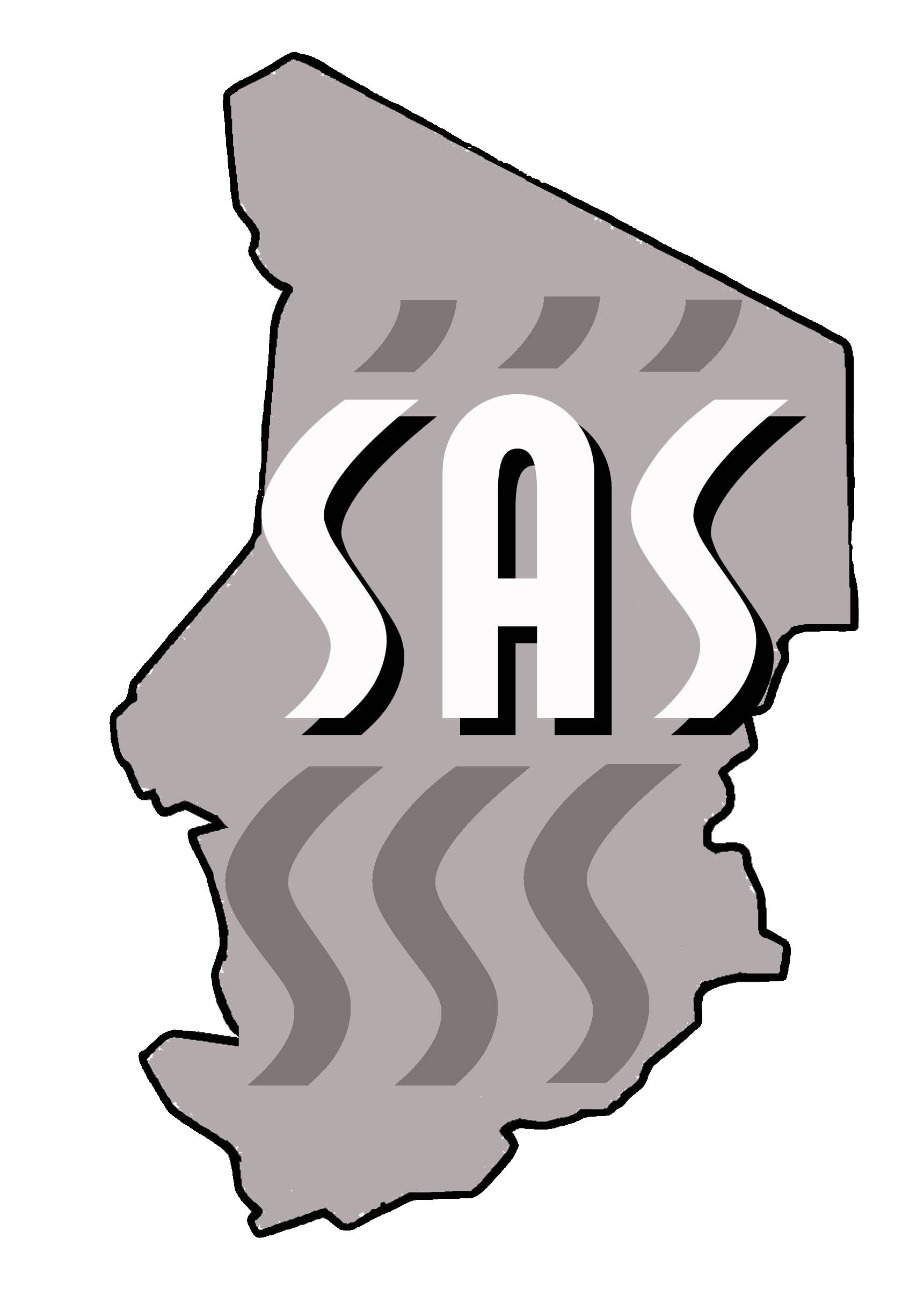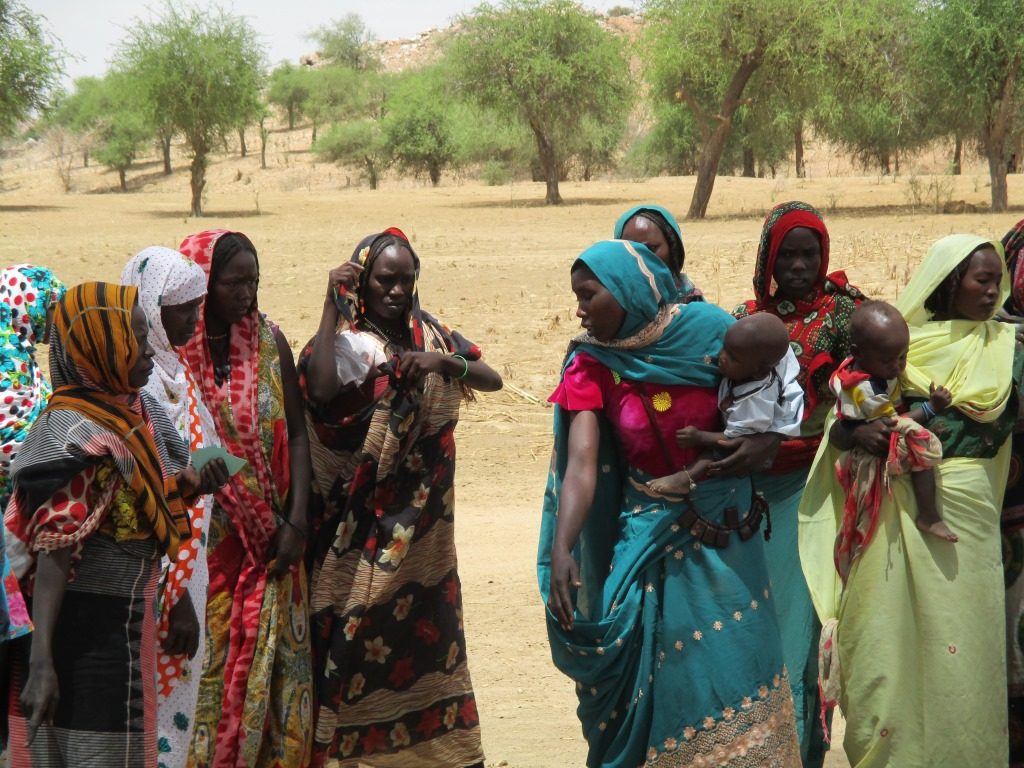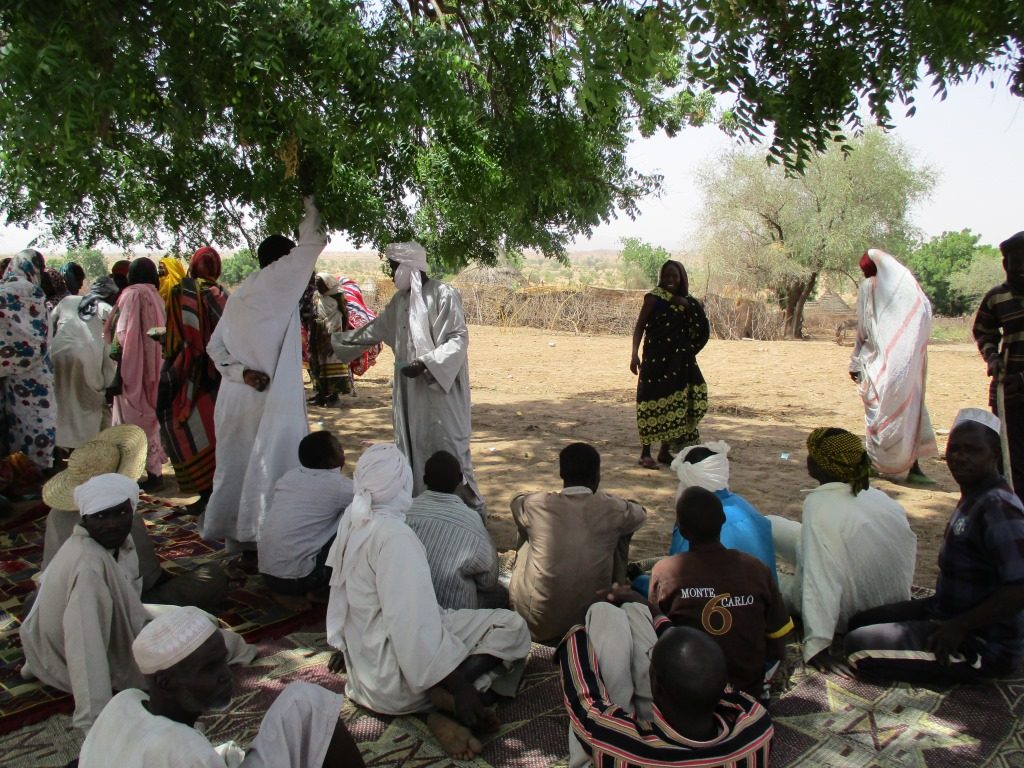Chad is located in Central Africa. The country is one of the poorest and most underprivileged in the world, ranking 184 out of 188 on the 2015 Human Development Index. The population of 11.5 million is rapidly growing and is very young (45% of people are under 15 years).
SAS’s project is in the Hadjer Hadid region. These communities have multiple needs. There is high infant mortality (124 per 1,000 births) and low life expectancy 51.6 female/48.6 male. Over 30% of children suffer from chronic malnutrition. Around half of girls receive no primary school education. Factors contributing to these problems include:
- Low rainfall which limits the availability of easily accessible groundwater. People are therefore forced to use unclean water sources. Less than 20% of the region has access to safe drinking water.
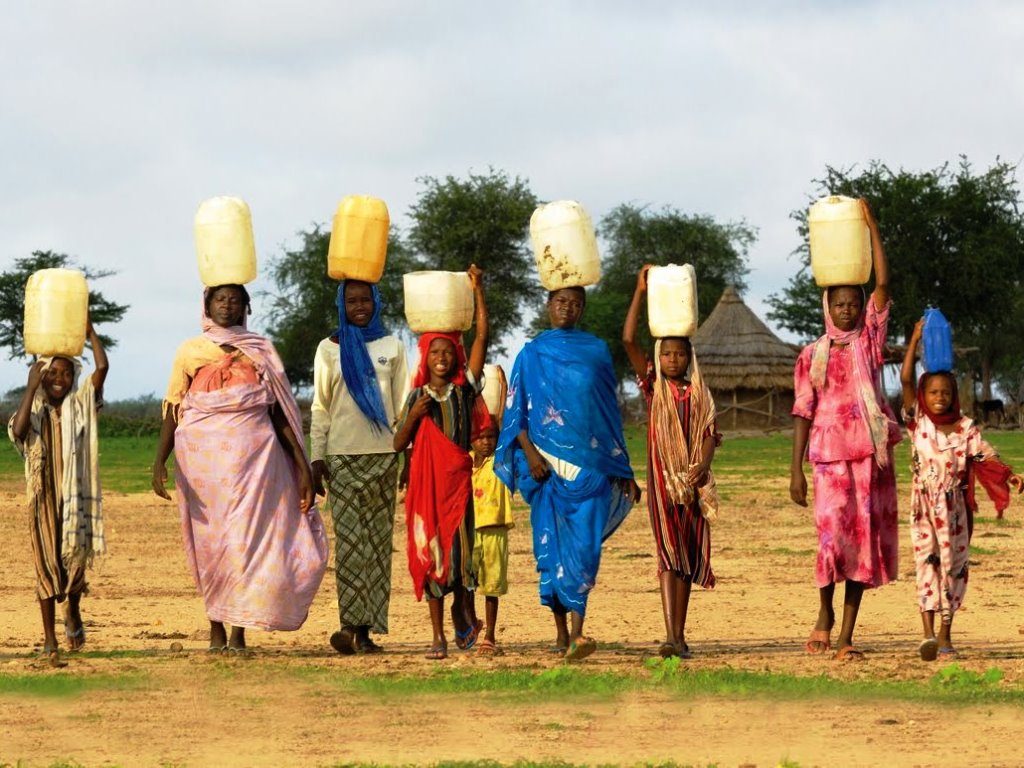
- A prevalence of waterborne diseases, diarrhoea, cholera, hepatitis and typhoid associated with drinking unclean water
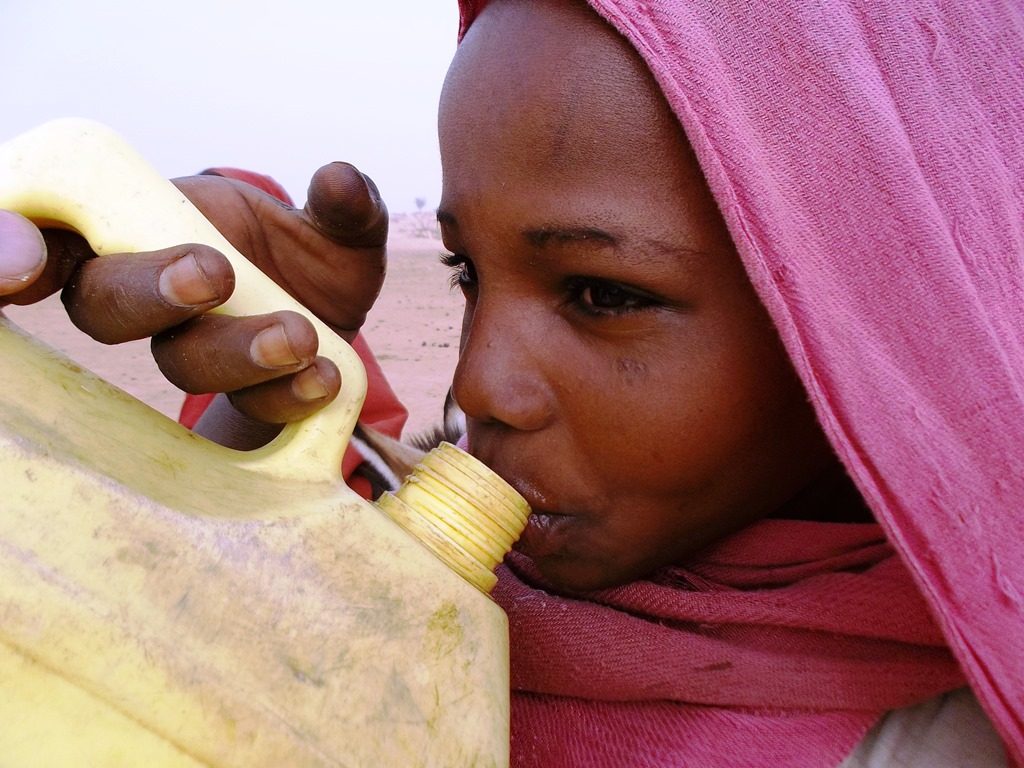
- A lack of basic hygiene and sanitation practices (over 75% of people defecate in the open). This results in widespread disease transmission and high infant mortality rates.
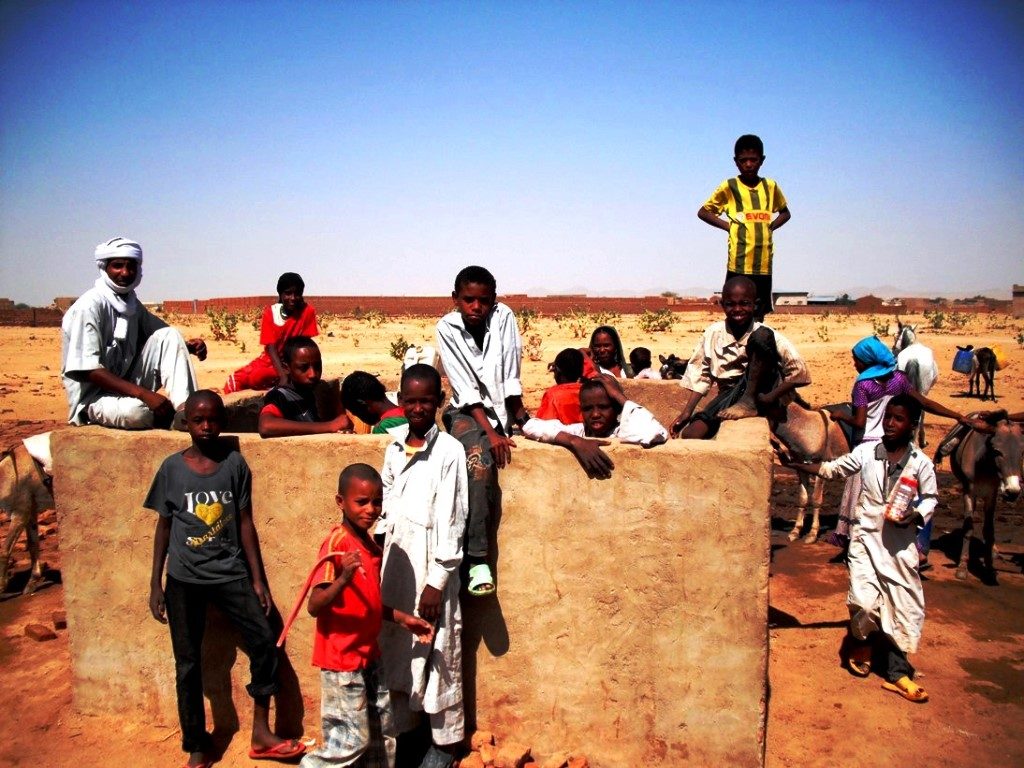
- Girls do most water fetching. This often takes several hours’ daily, making school attendance impossible.
